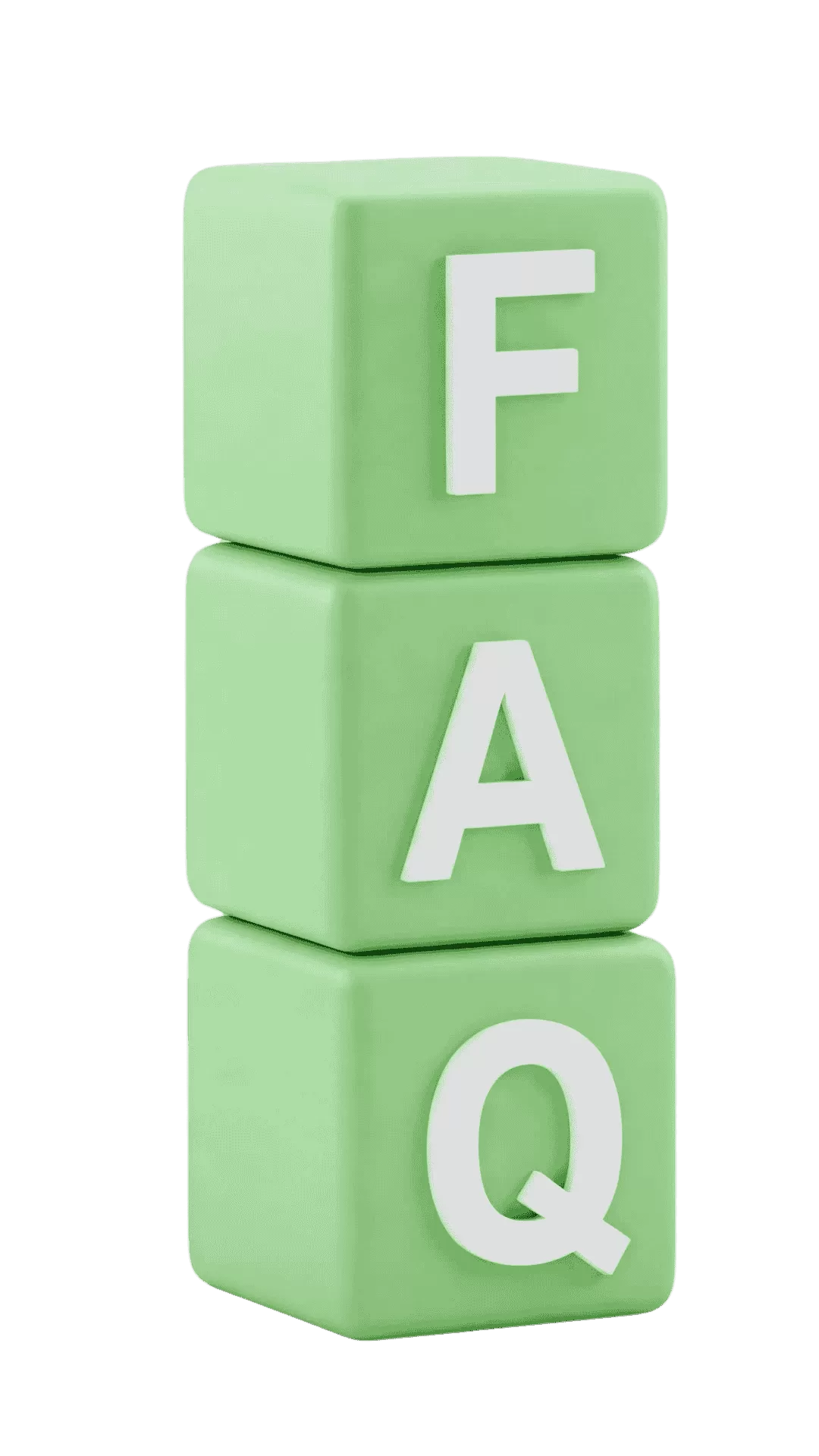1.1: Primitive data types including int, double, and Boolean
1.2: Evaluating arithmetic expressions in program code
1.3: Using assignment operators to produce a value
1.4: How variables and operators are sequenced and combined in an expression to create a result
2.1: Objects and classes as ways to describe instances, attributes, and behaviors
2.2: Creating objects by calling constructors with and without parameters
2.3: Utilizing class libraries, including Integer and Double
2.4: Defining an object’s behavior using methods, including static and Math class
2.5: Calling non-static void methods with and without parameters
2.6: Using String objects and methods
2.7: Using application program interfaces (APIs) and libraries
3.1: Finding Boolean values with expressions involving relational operators
3.2: Using conditional statements to execute different statements based on input values
3.3: Building on conditional statements to create multiple possible outcomes
3.4: Creating the same value using equivalent Boolean expressions
3.5: Referencing objects with aliases
4.1: Creating a loop to run an expression repeatedly until certain conditions are met
4.2: Standard arithmetic-based and String algorithms
4.3: Representing iterative processes in code using for and while loops
4.4: Nesting loop and iteration statements
5.1: The makeup of a class, including whether attributes are public or private
5.2: Setting an object’s attributes using constructors
5.3: Using comments to describe the functionality of code
5.4: Defining behaviors of an object using non-void, void, and static methods
5.5: Where variables can be used in program code
5.6: Breaking problems into smaller parts by creating methods to solve individual subproblems
5.7: Intellectual property and ethical concerns in programming
6.1: Representing multiple related items as array objects
6.2: Traversing an array by accessing the elements using iteration statements
6.3: Standard algorithms that utilize array traversals to perform functions
7.1: Representing collections of related object reference data using ArrayList objects
7.2: Traversing an ArrayList by accessing the elements using iteration statements
7.3: Standard algorithms that utilize ArrayList traversals to perform functions
7.4: Searching and sorting using standard algorithms
7.5: Ethical issues around data collections
8.1: Representing collections of data as arrays of arrays, or 2D arrays
8.2: Traversing a 2D array by accessing the elements using nested iteration statements
9.1: Using common attributes and behaviors to group existing objects into superclasses
9.2: Defining and overriding methods within subclasses and superclasses
9.3: Creating references using inheritance hierarchies
9.4: Associating subclass objects with superclasses to create polymorphism
10.1: Executing recursive methods
10.2: Searching and sorting using binary search and merge sort algorithms
Identify strengths, weaknesses, and needs.
Set academic goals with a clear learning roadmap.
Develop a detailed and structured study plan.
Teachers provide close guidance and adapt flexibly to maximize learning outcomes.
Identify strengths, weaknesses, and needs.

Set academic goals with a clear learning roadmap.

Develop a detailed and structured study plan.

Teachers provide close guidance and adapt flexibly to maximize learning outcomes.

Teaches:
Curriculum:

Teaches:
Curriculum:

Teaches:
Curriculum:

Teaches:
Curriculum:

Teaches:
Curriculum:

Teaches:
Curriculum:

Teaches:
Curriculum:

Teaches:
Curriculum:
| Condition / Feature | Standard | Premium | Platinum |
|---|---|---|---|
| 🌟Target Score Commitment | ❌ | ❌ | ✅ |
| Worksheets and Lesson Notes | ✅ | ✅ | ✅ |
| In-class Exercises and Solutions | ✅ | ✅ | ✅ |
| Extra Homework | ✅ | ✅ | ✅ |
| Exam-style and Past Papers | ✅ | ✅ | ✅ |
| Question Bank | ✅ | ✅ | ✅ |
| Saturday Morning Homework Support | ❌ | ✅ | ✅ |
| Fixed Teacher | ❌ | ✅ | ✅ |
| Support for IA, EE, TOK | ❌ | ✅ | ✅ |
| After-hours Message Response (until 9:30 PM) | ❌ | ✅ | ✅ |
| Initial Teacher & Student Meeting (Welcome Meeting) | ✅ | ✅ | ✅ |
| Teacher & Parent Conference | ❌ | ✅ | ✅ |
| Periodic Academic Reports | ✅ | ✅ | ✅ |
| Teacher's Feedback and Evaluation After Each Class | ✅ | ✅ | ✅ |
| Rescheduling Policy (Notice within working hours) | 24 hours | 12 hours | 06 hours |
| Exam Pass Commitment | ✅ | ✅ | ✅ |
Do not hesitate to contact Intertu


191 Nguyen Van Huong Street, Thao Dien Ward, Thu Duc City, Ho Chi Minh City
info@intertu.edu.vn
Phone : (028) 22426282 Zalo : 0971515265
Liên hệ ngay